<--- Back to Details
| First Page | Document Content | |
|---|---|---|
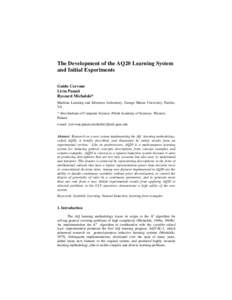 Date: 2015-11-18 09:12:46Theoretical computer science Algorithms Formal methods Software engineering HindleyMilner type system Lambda calculus Type theory Mathematics |
Add to Reading List |
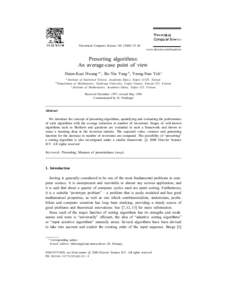 | Theoretical Computer Science–40 www.elsevier.com/locate/tcs Presorting algorithms: An average-case point of viewDocID: 1xVR3 - View Document |
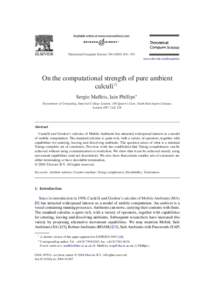 | Theoretical Computer Science – 551 www.elsevier.com/locate/tcs On the computational strength of pure ambient calculi夡 Sergio Maffeis, Iain Phillips∗DocID: 1xUAX - View Document |
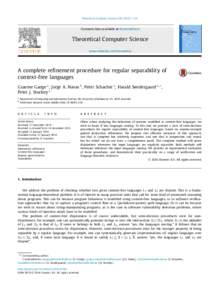 | Theoretical Computer Science–24 Contents lists available at ScienceDirect Theoretical Computer Science www.elsevier.com/locate/tcsDocID: 1xUr4 - View Document |
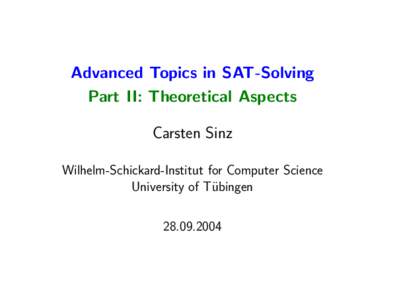 | Advanced Topics in SAT-Solving Part II: Theoretical Aspects Carsten Sinz Wilhelm-Schickard-Institut for Computer Science University of T¨ubingenDocID: 1xTuz - View Document |
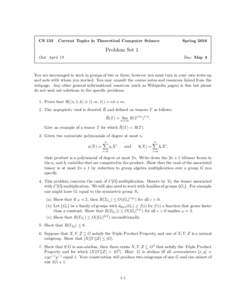 | CS 153 Current Topics in Theoretical Computer Science Spring 2016DocID: 1vryF - View Document |
 The Development of the AQ20 Learning System and Initial Experiments Guido Cervone Liviu Panait Ryszard Michalski* Machine Learning and Inference Laboratory, George Mason University, Fairfax,
The Development of the AQ20 Learning System and Initial Experiments Guido Cervone Liviu Panait Ryszard Michalski* Machine Learning and Inference Laboratory, George Mason University, Fairfax,